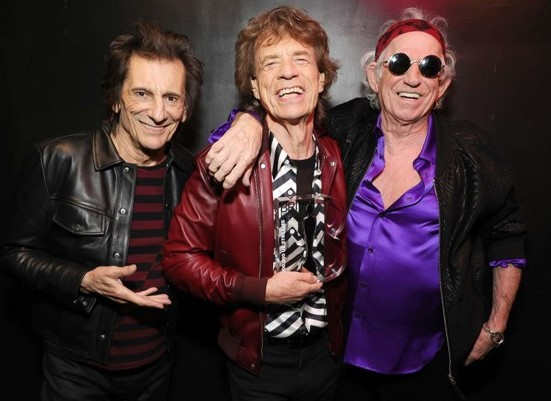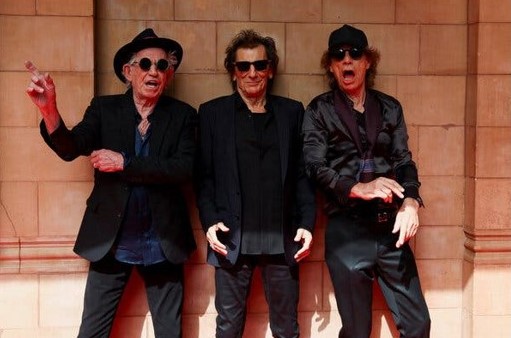Is it really Sunday again? And where did January go? Welcome to another musical excursion through space and time! As always, our itinerary includes six stops in different decades with music in different flavors. Let’s do it!
Kenny Dorham/Blue Friday
Opening today’s trip is American jazz trumpeter, composer and occasional vocalist Kenny Dorham. Over his relatively short 25-year career, he became one of the most active bebop trumpeters. He played with the likes of Dizzy Gillespie, Charlie Parker, Thelonious Monk, Sonny Rollins and Max Roach. Starting from late 1953 Dorham also released some 20 albums as leader. Sadly, he passed away from kidney disease at age 48 in December 1972. Blue Friday, a Dorham composition, appeared on his February 1960 album Quiet Kenny. His quartet included Tommy Flanagan (piano), Paul Chambers (bass) and Art Taylor (drums).
Elton John/Club At the End of the Street
Let’s next head to August 1989 and a song by Elton John I’ve always liked. I was reminded of Club At the End of the Street the other day when I caught it on the radio in my car. While I generally prefer the piano man’s music during the first half of the ’70s, he has also had some great songs thereafter. Composed by Elton John with lyrics from his longtime collaborator Bernie Taupin, Club At the End of the Street is from John’s 22nd studio album Sleeping with the Past. The song was also released separately as a single in March 1990.
Mudcrutch/Scare Easy
A great tip from my longtime German music buddy Gerd takes us back to the current century. Before Tom Petty founded the Heartbreakers, he formed Mudcrutch in 1970, together with Tom Leadon, brother of Eagles co-founder Bernie Leadon, and Mike Campbell who would later join the Heartbreakers. While Mudcrutch gained regional popularity in central Florida and southern Georgia and in 1974 got a deal with Shelter Records in Los Angeles, a single they released failed to chart. Therefore, the label dissolved them, keeping only Petty under contract. Subsequently, he formed the hugely successful Tom Petty and the Heartbreakers. Fast-forward to August 2007 when Petty invited original Mudcrutch members Randall Marsh and Tom Leadon, Campbell and Benmont Tench (also of the Heartbreakers) to reform Mudcrutch. The first outcome was an eponymous album that appeared in April 2008. Another one, Mudcrutch 2, would follow eight years later. From the first album, here’s Scare Easy, written by Petty.
Fats Domino/I’m Walkin’
Let’s jump back 51 years to February 1957. That’s when Fats Domino put out one of his most successful singles, I’m Walkin’. Written by him with frequent collaborator Dave Bartholomew, it was Domino’s third single in a row to top the U.S. R&B Best Sellers chart and also peaked at no. 4 on the pop charts, indicating his crossover appeal. Domino wrote the song after his car had broken down and he overheard a fan say, “Hey, look at Fats Domino, he’s walking!” It’s amazing what a car breakdown can do!
Led Zeppelin/All My Love
Our next stop is August 1979, which saw the release of Led Zeppelin’s eighth and final studio album, In Through the Out Door, prior to their breakup in early December 1980 after the death of drummer John Bonham in September that year. Unlike on Zep’s previous albums, bassist and keyboarder John Paul Jones and vocalist Robert Plant played a much more prominent role. Bonham and guitarist Jimmy Page, who were in the throes of alcoholism and heroin addiction, respectively, oftentimes didn’t show up in time at the recording studio. This left Jones and Plant to put together the songs, with Plant and Bonham adding their parts separately. One of the consequences was the prominent use of the Yamaha GX-1 synthesizer Jones had recently purchased. All My Love is a great example of what this baby could do!
Lenny Kravitz/Rock And Roll Is Dead
Time to wrap up our trip. For this we shall go to September 1995 and the fourth studio album by Lenny Kravitz, Circus. Peaking at no. 10 in the U.S. on the Billboard 200, it became his first top 10 album there. In the UK where Kravitz had enjoyed more chart success up to that point, the album hit no. 5, marking his third in a row to reach the top 10. Circus was most successful in Switzerland and The Netherlands where it topped the charts, as well as Australia and Austria where it peaked at no. 2 and no. 3, respectively. Here’s the great opener Rock And Roll Is Dead, whose title Kravitz said was widely taken at face value when he actually was poking fun at life as a rock star.
Last but not least, here’s a Spotify playlist of the above goodies. As always, I hope there’s something for you and that you’ll be back to join me for more music time travel next Sunday!
Sources: Wikipedia; YouTube; Spotify















